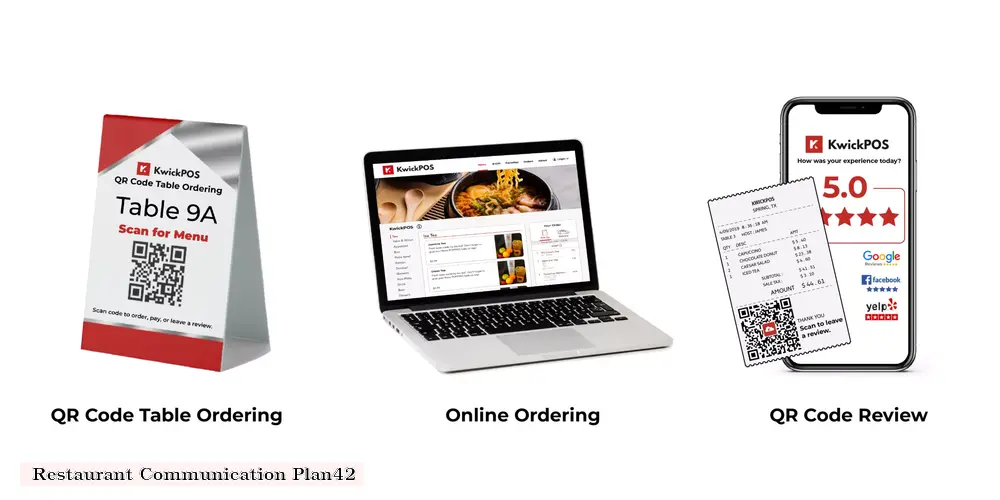

A restaurant communication plan outlines how a restaurants will communicate with its customers, employees, and stakeholders. It's essential to develop a clear and effective communication plan to ensure that everyone involved with the restaurant is on the same page and that customers have a positive experience. Here are some key components of a restaurant communication plan:
1. Target Audience: The first step in developing a restaurant communication plan is identifying the target audience. This includes employees, customers, stakeholders, and the broader community. Each group needs to be communicated with effectively and uniquely.
2. Brand Identity: A restaurant's brand identity defines its personality and how it's perceived by its audiences. The brand identity should be consistent across all communication channels, including the menu, website, social media, and advertising.
3. Communication Channels: An effective restaurant communication plan leverages multiple communication channels, including face-to-face communication, email, social media, and online review sites. Each channel has its benefits and limitations, and it's essential to choose the right channel to communicate with each audience effectively.
4. Employee Communication: Restaurant staff communication is critical to the success of any restaurant. Staff should be informed about menu changes, promotions, and customer feedback. Effective employee communication can improve the customer experience and positively impact customer loyalty.
5. Crisis Communication: Restaurants should have a crisis communication plan to handle adverse events, such as food safety concerns or negative publicity. Restaurants must communicate clearly and transparently with customers, employees, and stakeholders in a crisis.
6. Feedback Mechanisms: Gathering customer feedback is essential to improving the restaurant experience. Feedback mechanisms, such as surveys and comment cards, can provide valuable insights into customer preferences and concerns.
7. Marketing Strategy: The restaurant marketing plan should align with the communication plan. The marketing strategy should utilize various channels to promote the restaurant and build a strong brand.
Overall, a well-planned restaurant communication plan helps create a positive brand image and enhance the customer experience. Effective communication can lead to increased customer loyalty, higher revenue, and stronger relationships with employees and stakeholders. By following these components, restaurants can develop a comprehensive communication plan that meets their needs and goals.
Was that detailed enough? Let me know if you'd like me to expand on any section in particular, or clarify anything.
DISCLAIMER: This information is provided for general informational purposes only, and publication does not constitute an endorsement. Kwick365 does not warrant the accuracy or completeness of any information, text, graphics, links, or other items contained within this content. Kwick365 does not guarantee you will achieve any specific results if you follow any advice herein. It may be advisable for you to consult with a professional such as a lawyer, accountant, or business advisor for advice specific to your situation.
today
Copyright © 2025 Kwick365.com
Designed by KwickPOS is the best restaurant POS